Tipping hunting guides is a meaningful way to show appreciation for their expertise, effort, and dedication. The standard tip ranges between 10% to 20% of the hunt’s total cost, reflecting service quality and success.
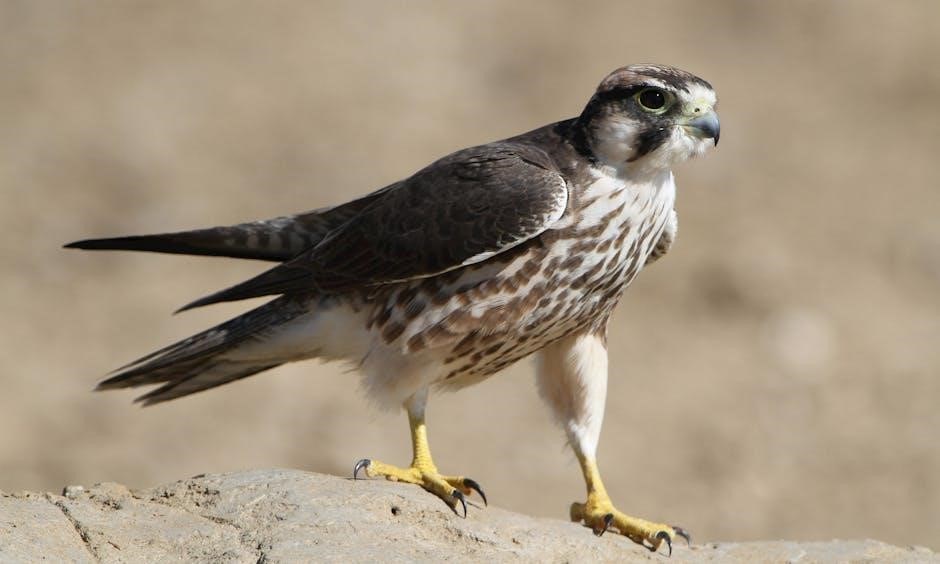
Importance of Tipping in the Hunting Industry
Tipping is a cornerstone of gratitude in the hunting industry, reflecting appreciation for guides’ expertise, physical effort, and dedication to ensuring a successful and memorable experience. Guides often rely on tips as a significant portion of their income, making it a vital way to acknowledge their hard work. A fair tip not only recognizes their professionalism but also incentivizes guides to go above and beyond in their efforts. It fosters a positive relationship between hunters and guides, creating a culture of mutual respect and shared success. Additionally, tipping demonstrates understanding of the physical and mental demands of guiding, from tracking and navigating challenging terrain to ensuring safety and maximizing hunting opportunities. By showing appreciation through a thoughtful tip, hunters contribute to the sustainability of high-quality guided hunts and encourage guides to maintain exceptional service standards.
Overview of Standard Tipping Practices
Standard tipping practices in the hunting industry are well-established, with most hunters tipping between 10% to 20% of the total hunt cost. This range reflects the quality of service, the guide’s effort, and the success of the hunt. Tipping is typically based on the hunt’s cost, excluding additional fees like licenses, tags, and equipment rentals. For example, a $5,000 hunt might result in a $500 to $1,000 tip. Tips are often distributed among the main guide, packers, cooks, and other support staff who contribute to the hunting experience. While cash is the most common method, some hunters opt to tip with gear or equipment. Consistency in tipping practices ensures fairness and acknowledges the hard work of the entire hunting team. These guidelines help hunters express gratitude appropriately, fostering positive relationships and maintaining high service standards within the industry.
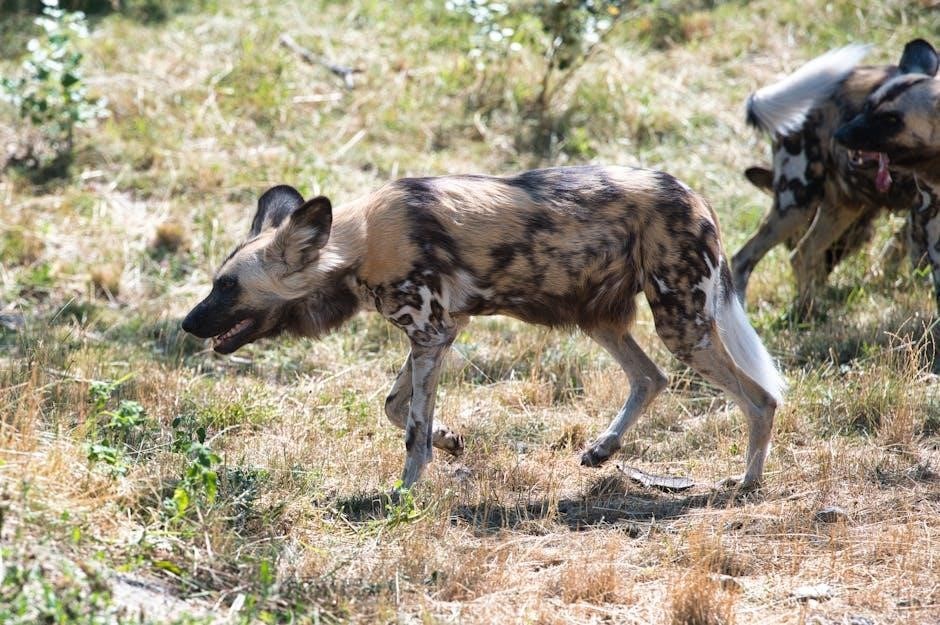
Standard Tipping Rates for Hunting Guides
Standard tipping rates for hunting guides typically range between 10% to 20% of the total hunt cost; This percentage reflects the quality of service, effort, and success of the hunt, ensuring fair compensation for their expertise.
Percentage-Based Tipping Guidelines (10%-15% of Hunt Cost)
Tipping hunting guides typically ranges between 10% to 15% of the total hunt cost, reflecting service quality and success. This percentage serves as a standard guideline, ensuring fair compensation for their expertise and effort. Adjustments can be made based on exceptional service or outcomes, such as successfully bagging a trophy animal. The tip should be presented at the end of the hunt, directly to the guide or through the outfitter, and can be in cash or other forms of compensation. Regional customs may vary, so consulting with the outfitter or other hunters can provide tailored advice. Balancing generosity with personal budget is key, ensuring appreciation is shown without financial strain.
Factors Influencing Tip Amounts (Service Quality, Hunt Duration, Success)
Several factors influence the amount hunters choose to tip their guides. Service quality is paramount; exceptional guidance, knowledge, and effort warrant a higher tip. Hunt duration also plays a role, with longer trips often leading to increased compensation. Success, such as bagging a trophy, typically results in a more generous tip. Additionally, the guide’s ability to adapt to challenging conditions, their professionalism, and their contribution to the overall experience are key considerations. Hunters may also consider the guide’s willingness to go above and beyond, such as providing additional support or ensuring a memorable experience. These elements collectively determine whether the tip falls on the lower or higher end of the standard 10%-20% range, reflecting the hunter’s satisfaction and appreciation for the guide’s efforts.
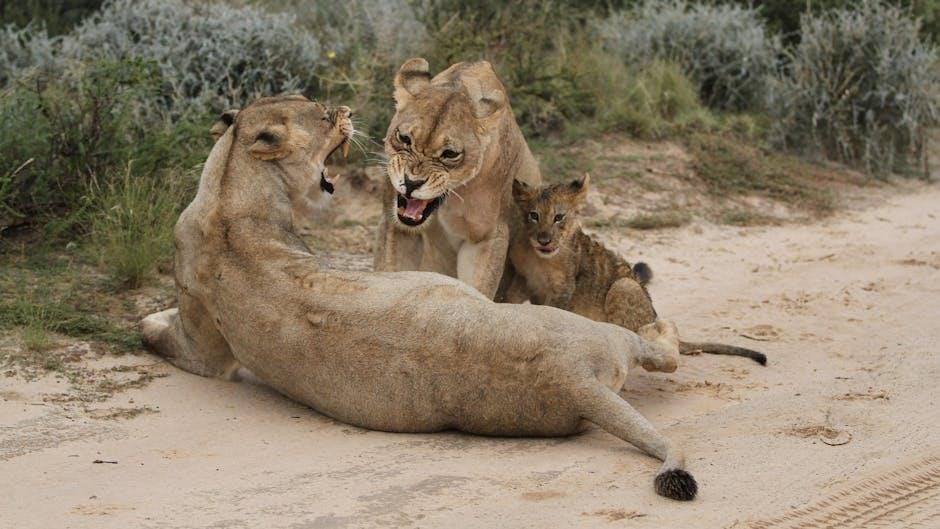
Specific Examples of Tipping Amounts for Different Hunt Prices
For a hunt priced at $500, a tip of $50 to $100 (10%-20%) is typical. If the hunt costs $2,000, the tip would range from $200 to $400. For a $5,000 hunt, expect to tip $500 to $1,000. High-end hunts, such as those costing $12,000, may see tips of $1,200 to $2,400. These examples illustrate how the tip percentage scales with the hunt’s cost, ensuring proportional gratitude for the guide’s efforts. By providing concrete figures, hunters can better understand how to apply the standard tipping range to their specific situations, making the process clearer and more straightforward.
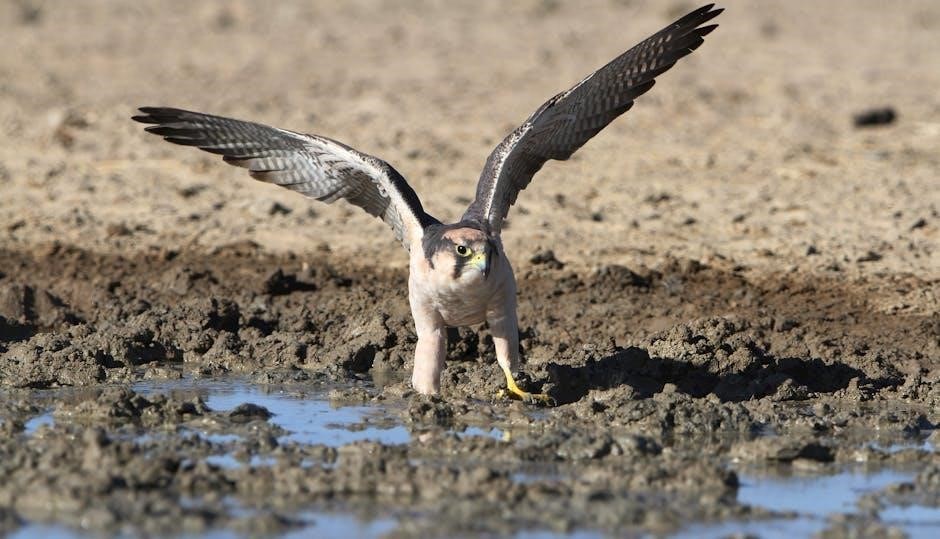
How to Calculate the Tip
Calculate the tip by taking 10%-15% of the hunt’s total cost, excluding taxes or additional fees. This straightforward method ensures a fair reflection of the guide’s service quality and hunt success.
Using Hunt Cost as the Basis for Calculation
The hunt cost serves as the primary basis for calculating tips, ensuring fairness and transparency. Typically, 10% to 15% of the total hunt price is recommended, excluding additional fees like licenses or tags. For example, a $5,000 hunt would yield a $500 to $750 tip. This method aligns with industry standards, providing a clear guideline for hunters. It also allows adjustments based on service quality and hunt success, ensuring the tip reflects the guide’s effort and expertise.
By using the hunt cost as the foundation, hunters can easily determine a reasonable tip without confusion. This approach is widely accepted and helps maintain consistency across the industry, making it easier for hunters to show appreciation appropriately.
Splitting Tips Among Multiple Guides and Staff
When multiple guides and staff are involved, it’s important to split the tip fairly. Typically, the main guide receives the largest portion, while others like packers, cooks, and skinners get smaller shares; For instance, on a $6,000 hunt, the main guide might receive $2,800, the packer $1,200, and the cook and wrangler $800 each. The pilot might get $400. This distribution reflects their roles and contributions, ensuring everyone is recognized. Hunters should coordinate with the outfitter to ensure tips are divided appropriately, avoiding duplicate payments. Clear communication helps maintain fairness and appreciation for all team members involved in the hunt’s success. This approach ensures that each staff member feels valued for their efforts, fostering a positive experience for both hunters and guides. Proper tip allocation is essential for maintaining good relationships and encouraging exceptional service.
What Not to Include in the Tip (License Fees, Tags, etc.)
When calculating a tip for hunting guides, it’s important to understand what not to include. License fees, tags, and other regulatory costs should not be factored into the tip amount. These expenses are typically fixed and unrelated to the guide’s service. Similarly, landowner fees or equipment rentals should also be excluded. Tips are intended to reflect the quality of service provided by the guide and staff, not additional administrative or operational costs. Hunters should focus on tipping based solely on the hunt’s advertised price or agreed-upon rate. This ensures that the tip accurately represents satisfaction with the guide’s efforts and the overall experience. Always clarify with the outfitter what is included in the hunt’s total cost to avoid confusion. By excluding non-service-related expenses, hunters can ensure their tip is a fair reflection of the guide’s dedication and expertise. This approach maintains transparency and fairness in the tipping process.
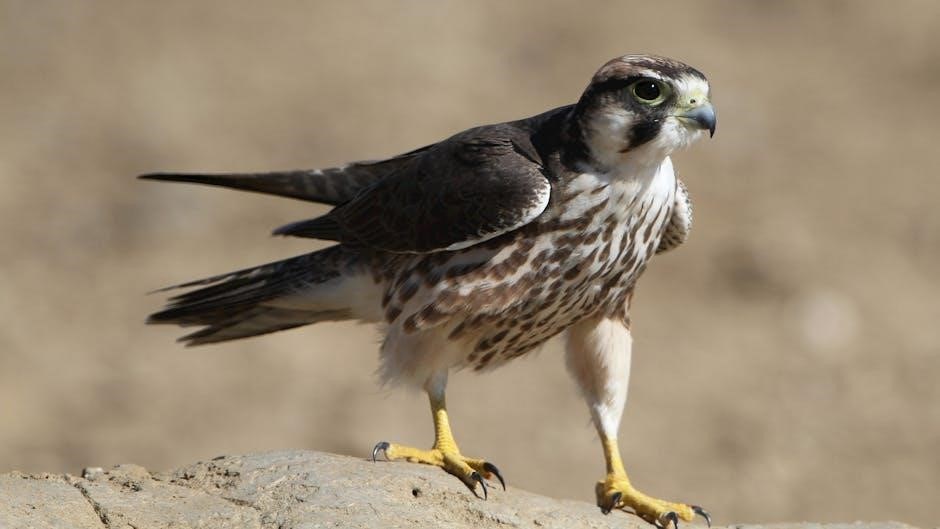
Tipping Other Members of the Hunting Team
Tipping other team members is essential. Packers typically receive 2-3%, cooks 2-3%, skinners 2%, and pilots 1%. The total tip usually ranges from 15-20% of the hunt cost, ensuring fair distribution among all staff.
Tipping Packers and Their Roles
Tipping packers is a crucial aspect of acknowledging their hard work and dedication. Packers typically handle the logistics, including gear transportation, horse management, and game retrieval, ensuring a smooth hunting experience. The recommended tip for packers is usually between 2-3% of the total hunt cost, reflecting their essential role in the success of the hunt. Their responsibilities often go unnoticed but are vital, as they manage the physical demands of the expedition. A tip in this range demonstrates appreciation for their efforts in transporting equipment and animals, often in challenging terrain. Packers work behind the scenes to ensure hunters can focus on their game, making their contribution invaluable. By tipping packers appropriately, hunters show gratitude for their tireless support and commitment to the hunt’s success.
Cook and Camp Staff Tipping Etiquette
Tipping cook and camp staff is essential to acknowledge their vital role in ensuring a comfortable and enjoyable hunting experience. Cooks often work tirelessly behind the scenes, preparing meals that fuel hunters throughout the day. The standard tip for a cook is typically 2-3% of the total hunt cost, reflecting their contribution to the camp’s overall success. Camp staff, including wranglers, housekeepers, and maintenance personnel, also deserve recognition. Their efforts in maintaining camp facilities, managing gear, and providing support are indispensable. Tips for camp staff generally range from $20 to $50 per person per day, depending on the size and complexity of the camp. It’s important to tip these individuals separately, as they often rely on gratuities for a significant portion of their income. Ensuring that cooks and camp staff receive fair compensation demonstrates appreciation for their hard work and dedication to making the hunt a memorable experience.
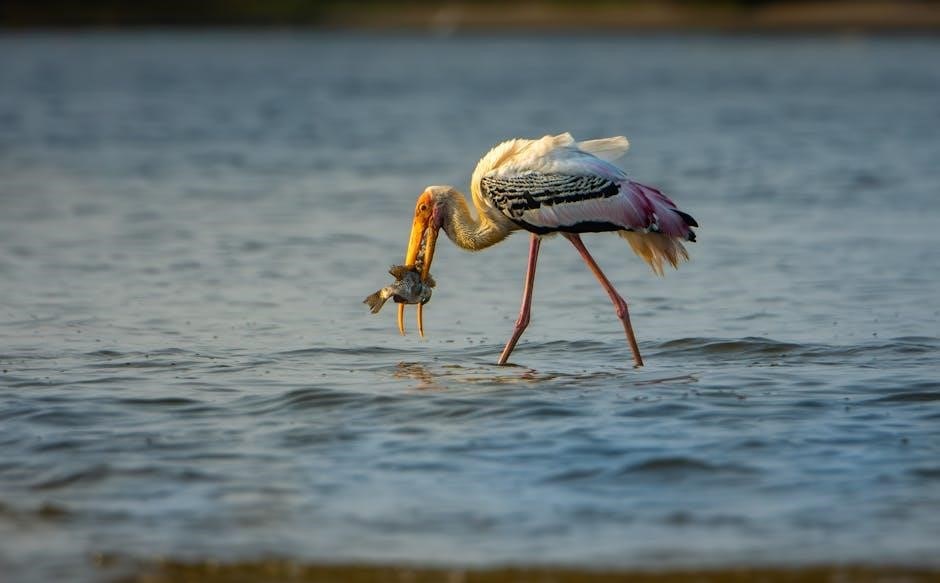
Skinner or Wrangler Tipping Guidelines
Skinner or wrangler tipping guidelines are essential to acknowledge their critical roles in a successful hunt. These individuals are responsible for handling animals, managing pack horses, and ensuring the smooth operation of the hunting camp. The standard tip for a skinner or wrangler typically ranges from 2-3% of the total hunt cost, reflecting their specialized skills and physical labor. For example, on a $10,000 hunt, a tip of $200 to $300 is considered appropriate. If multiple skinner or wranglers are involved, it’s customary to split the tip fairly among them based on their involvement and workload. These professionals often work behind the scenes, but their contributions are vital to the overall experience. Tipping them shows appreciation for their dedication and hard work, which directly impacts the success of the hunt. Ensuring fair compensation for skinner or wranglers is a key part of hunting etiquette and maintains positive relationships within the hunting team.
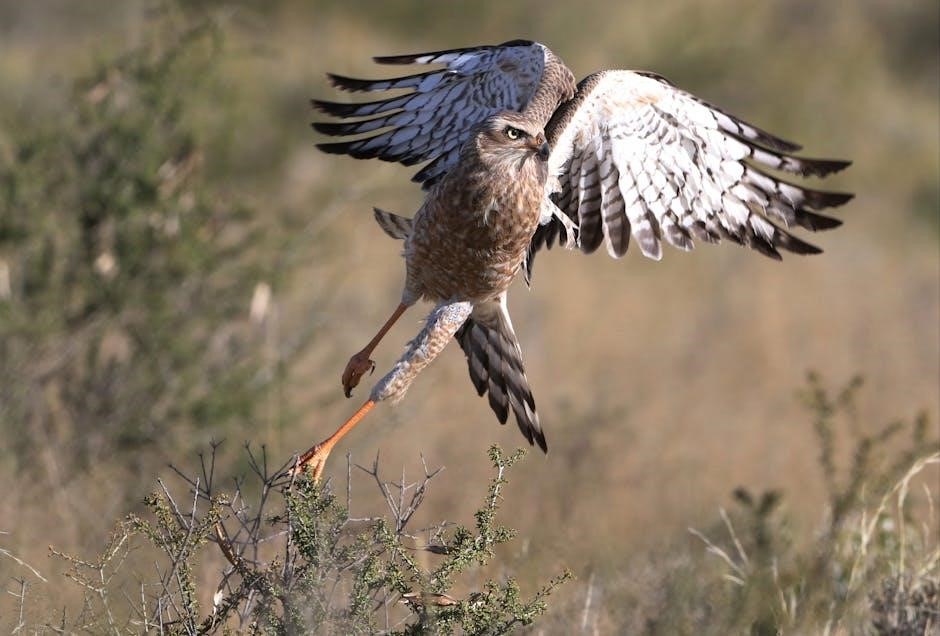
Pilot and Transportation Staff Tips
Pilots and transportation staff play a crucial role in many hunting expeditions, especially in remote or hard-to-reach locations. Tipping these professionals is a way to recognize their skill and effort in safely transporting hunters and gear. The standard tip for pilots and transportation staff typically ranges from 1-5% of the total hunt cost. For instance, on a $10,000 hunt, a tip of $100 to $500 is appropriate. If the pilot or transportation staff goes above and beyond, such as handling additional gear or ensuring a smooth journey, consider tipping on the higher end of this range; It’s also important to remember that these individuals often work in challenging conditions, and their expertise is vital to the success of the hunt. Tipping pilots and transportation staff demonstrates gratitude for their reliability and professionalism, ensuring a positive experience from start to finish. Their role is often overlooked but is fundamental to the overall hunting experience.
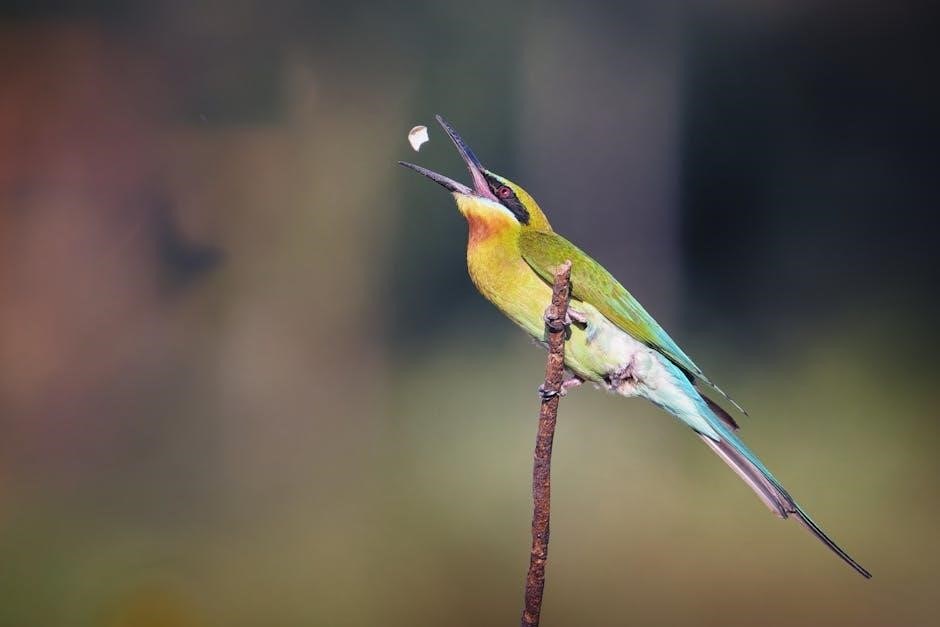
Additional Considerations for Tipping
When tipping hunting guides, consider cash versus non-cash tips, such as gear or equipment. Recognize exceptional service with higher tips, while adjusting for subpar performance. Ensure fairness and thoughtfulness in your approach.
Cash vs. Non-Cash Tips (Gear, Equipment, etc.)
While cash remains the most common form of tipping, non-cash alternatives like gear or equipment are also appreciated. These items, such as high-quality optics or camping gear, can be valuable to guides. However, cash is preferred as it provides immediate value and flexibility. If opting for non-cash tips, ensure the items are practical and align with the guide’s needs. Combining cash with a thoughtful gift can also be a generous gesture. Ultimately, the choice depends on your budget and relationship with the guide. Both methods demonstrate gratitude, but cash is often the most straightforward and universally accepted form of appreciation for their services.
Tipping for Exceptional Service or Results
Tipping for exceptional service or results is a way to acknowledge a guide’s outstanding efforts and dedication. If a guide surpasses expectations, consistently works hard, and contributes significantly to the success of your hunt, consider tipping on the higher end of the scale. For extraordinary service, 15-20% of the hunt’s cost is appropriate, with some hunters opting for up to 25% in cases of exceptional performance. This higher tip reflects the guide’s expertise, professionalism, and the memorable experience they helped create. Additionally, if the guide played a key role in achieving a trophy or world-class animal, a larger tip is a fitting way to express gratitude. Non-cash tips, such as high-quality gear or equipment, can also be meaningful, but cash remains the most practical option. Ultimately, the tip amount should align with your satisfaction and the guide’s impact on your hunting success.
When to Adjust the Tip Based on Service Quality
Adjusting the tip based on service quality ensures that your gratitude reflects the guide’s performance. If the guide demonstrates exceptional effort, expertise, and dedication, consider tipping toward the higher end of the 10%-20% range. For outstanding service, such as successfully locating trophy animals or going above and beyond to ensure a memorable experience, 15%-20% is appropriate. Conversely, if the service was subpar or the guide lacked professionalism, you may reduce the tip to 5%-10%. Non-cash tips, like high-quality gear, can also supplement a cash tip for exceptional service. Ultimately, the tip should align with your satisfaction and the guide’s contribution to the hunt’s success. Adjusting the tip based on service quality ensures fairness and acknowledges the guide’s role in making your hunting experience memorable or challenging.
Tipping hunting guides is a thoughtful way to express appreciation for their hard work and expertise. Aim for 10%-20% of the hunt cost, adjusting based on service quality and success. A well-considered tip reflects gratitude and respect.
Key Takeaways for Tipping Hunting Guides
Tipping hunting guides is essential to acknowledge their expertise and effort. Aim for a tip ranging between 10% to 20% of the hunt’s total cost, reflecting the quality of service and the success of the hunt. Consistency across different guides and staff ensures fairness. Always tip in cash for transparency and immediacy. Adjust the tip based on exceptional service or results, showing genuine appreciation for outstanding efforts. Remember, tipping is a personal choice but should reflect the value received. Prioritize tipping the main guide and splitting it fairly among other staff. Avoid including license fees or tags in the tip amount. A well-considered tip fosters positive relationships and ensures memorable experiences for future hunts.
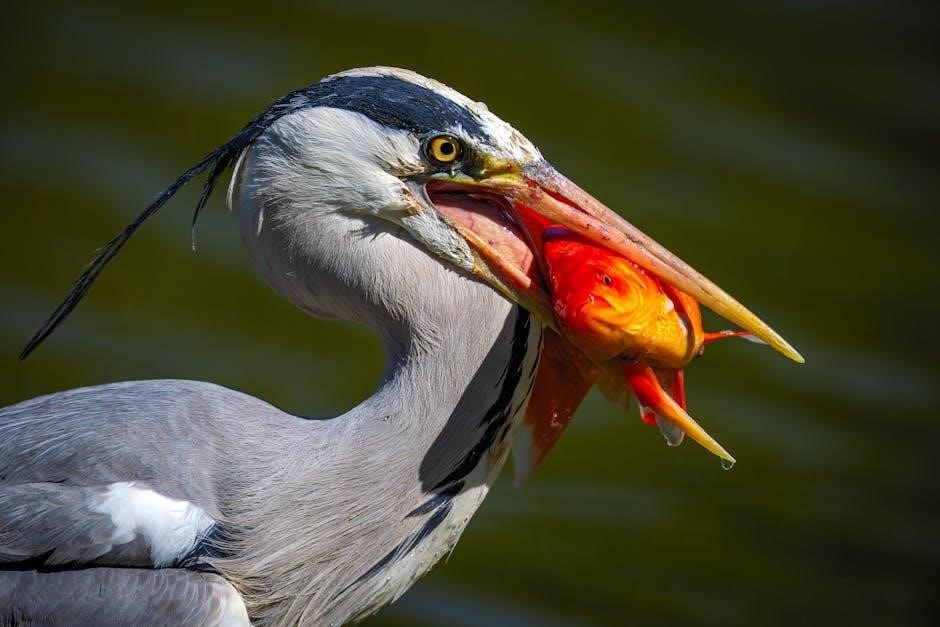
Final Thoughts on Showing Appreciation
Expressing gratitude through tipping reflects respect for the guide’s hard work and dedication. Tips should align with the hunt’s cost, typically 10-20%, ensuring fair compensation for exceptional service. Thoughtful tipping fosters positive relationships and memorable experiences, encouraging guides to continue delivering outstanding efforts. Consistency in tipping practices ensures equality among staff, from main guides to support teams. Cash tips are preferred for transparency and immediacy. Adjusting tips based on service quality or hunt success shows genuine appreciation. Tipping is a personal choice but should reflect the value received. Prioritizing fairness and generosity in tipping promotes a positive hunting culture. Remember, a well-considered tip not only acknowledges effort but also builds lasting connections, ensuring future hunts are equally rewarding. Gratitude, when expressed thoughtfully, enhances the overall experience for both hunters and guides;